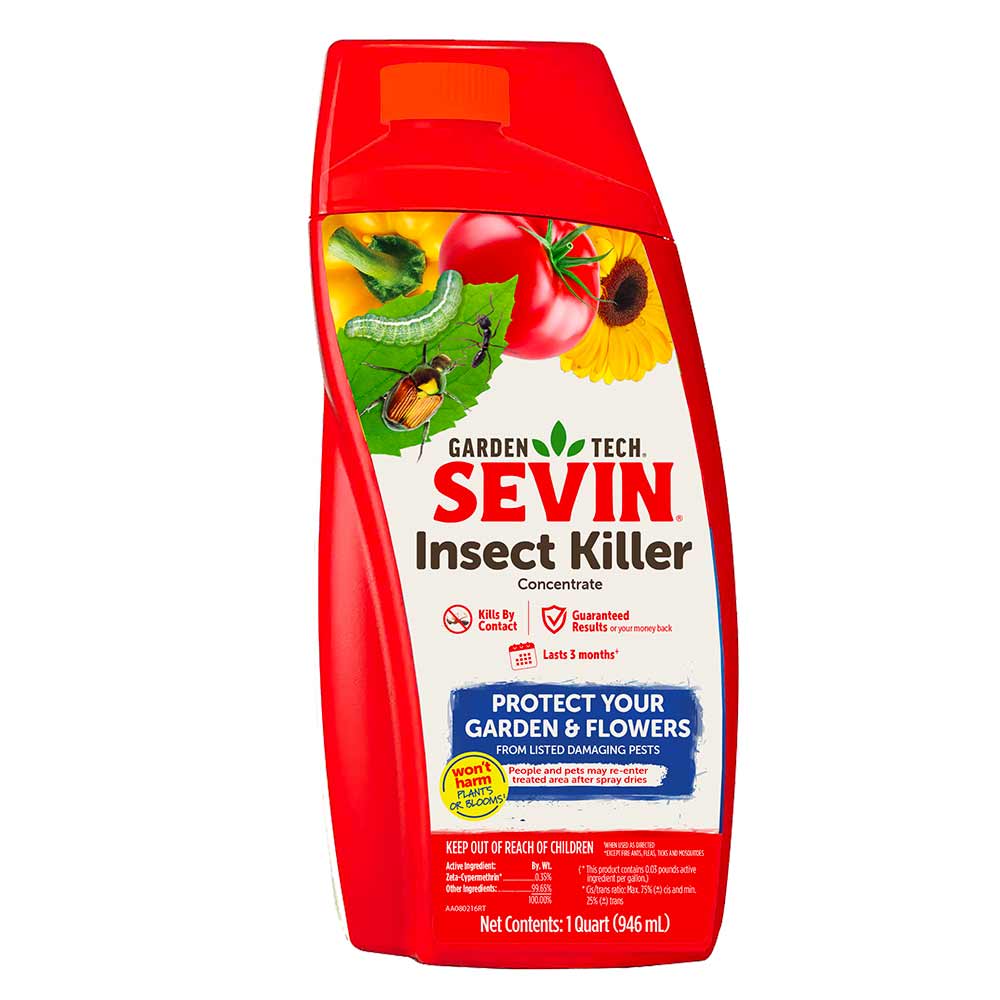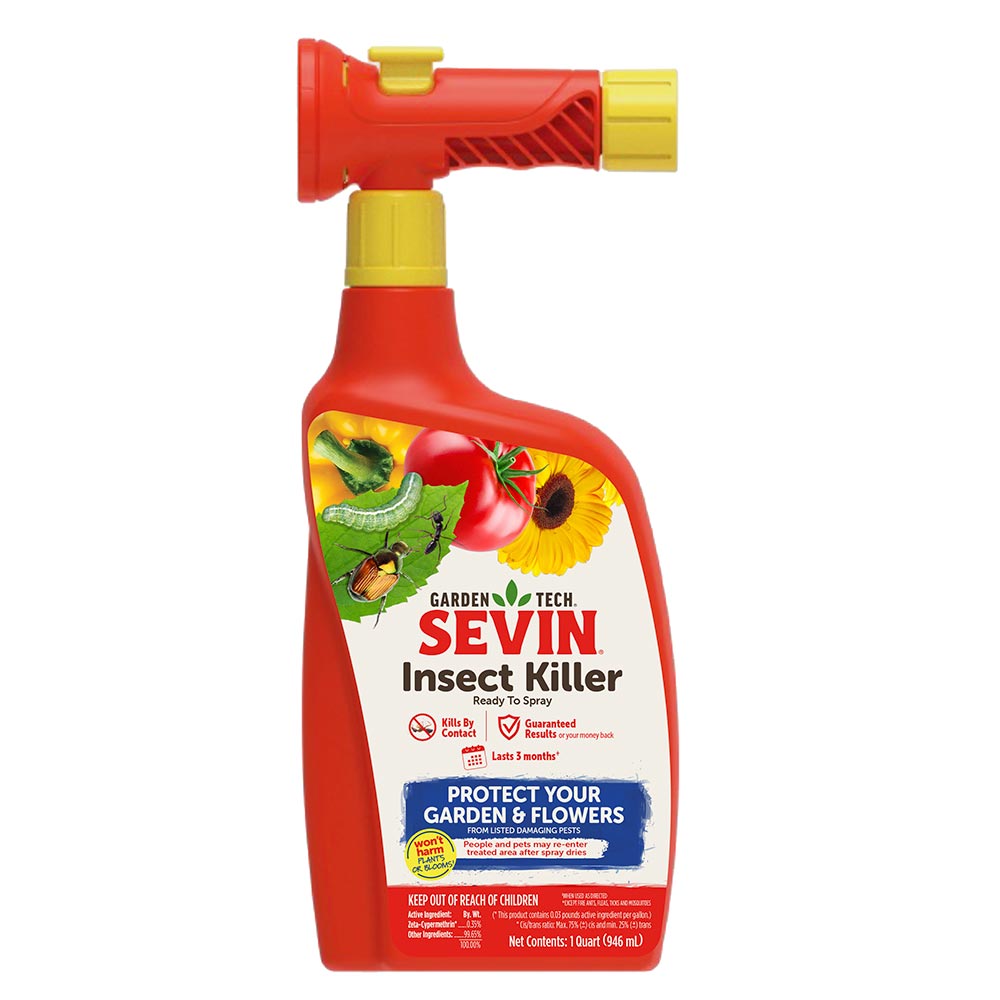Elm Bark Beetles
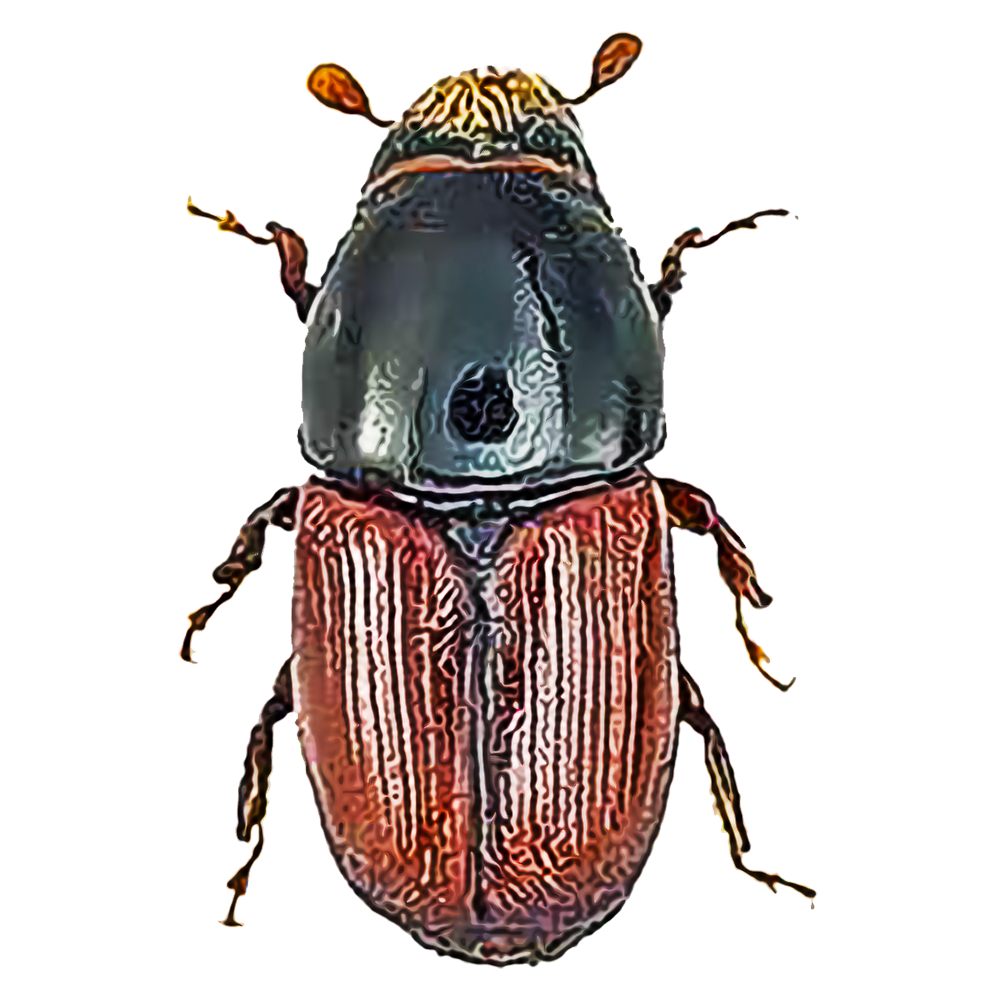

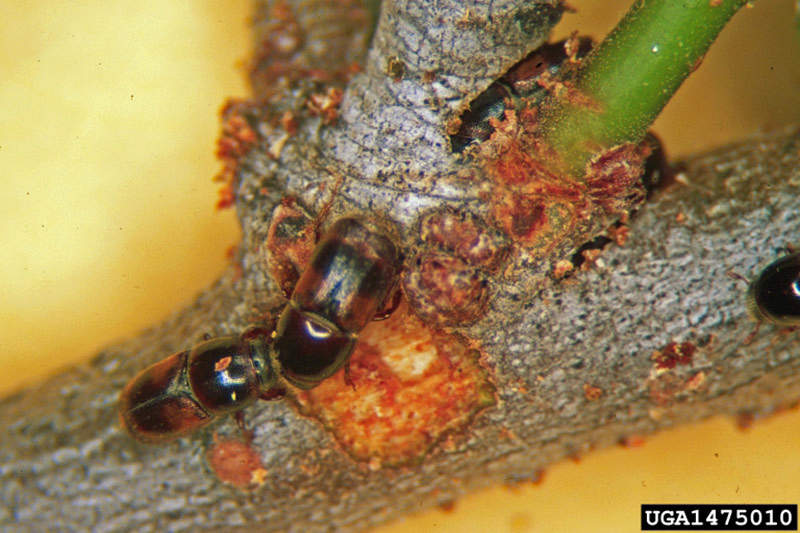

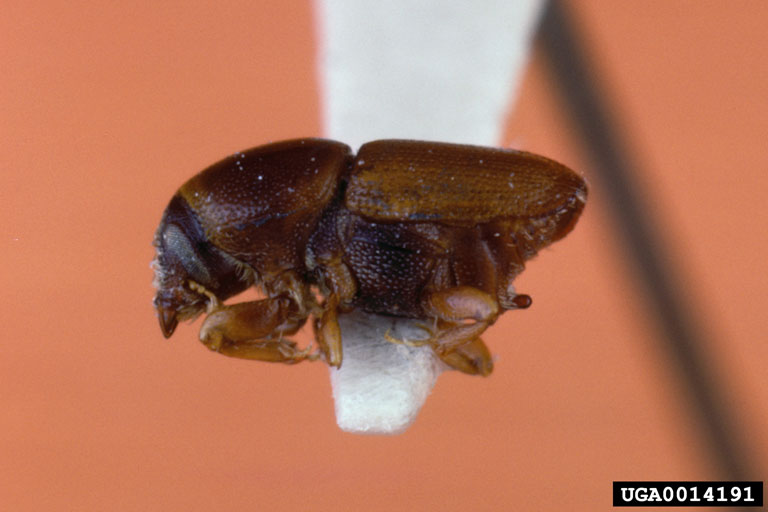

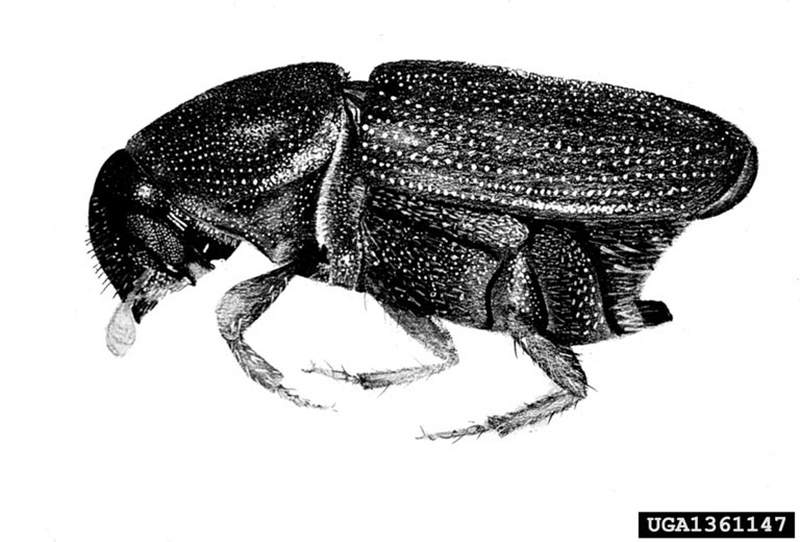
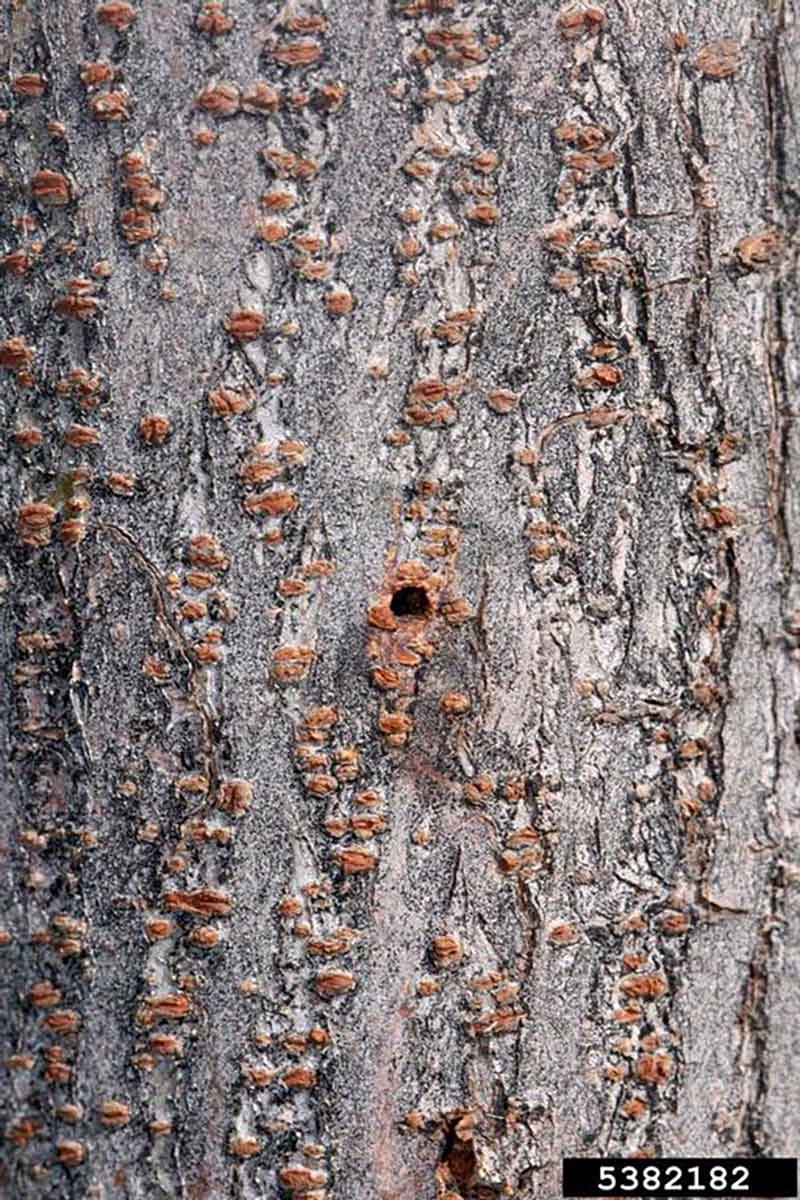

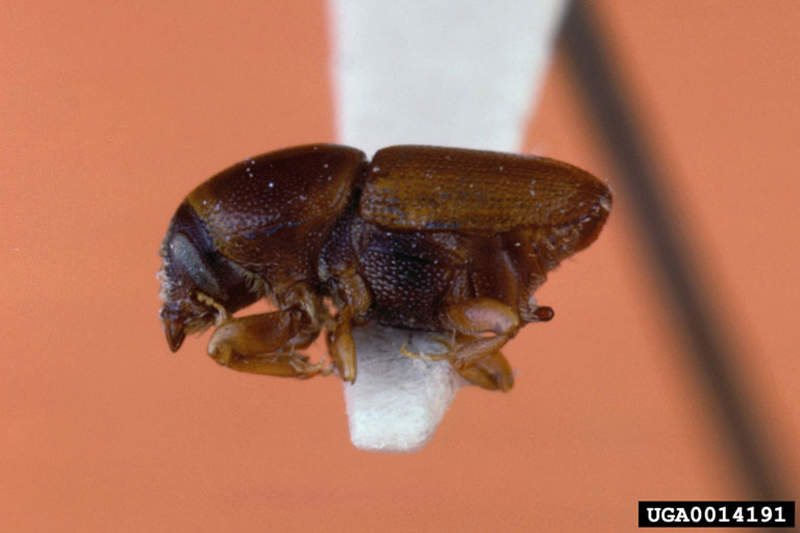
Several species of elm bark beetles cause damage to elm trees. These pests dig small holes into trees and lay eggs underneath the bark layer. Eggs hatch and larvae feed inside, creating tunnel-like galleries in the wood. However, the most serious injury comes when the pests transmit the fungi that cause Dutch Elm disease. Elm bark beetles become infected while feeding on diseased trees; then they spread the disease as they move from tree to tree. Severe cases can result in tree death in as little as one year.
Identification: Depending on the species, elm bark beetles measure from 1/12 to 1/6-inch long. Stiff, yellowish hairs may cover these hard-bodied pests, and wing covers are deeply pitted. Elm bark beetle larvae are plump, whitish, legless grubs found feeding beneath elm bark.
Signs/Damage: The first sign for concern is sawdust in bark crevices or at the base of elm trees. Follow the dust to discover small, round holes. Where many holes exist, you can peel back the bark to find adults, eggs or feeding larvae beneath. The initial symptoms of Dutch Elm disease include wilting and yellowing foliage, followed by heavy defoliation throughout the tree's crown. By this time, beetles may have moved on.
Control: Elm bark beetles overwinter under the bark near the base of trees. Effective treatment involves killing the beetles before they bore into bark in fall and when they first emerge in spring. Timing is critical to reach the pests before they're under the protective bark. GardenTech® brand offers highly effective products that kill elm bark beetles by contact and keep killing and protecting for up to three months*:
- Sevin® Insect Killer Concentrate is used with a pump-style sprayer. Measure the concentrate into your sprayer with the easy-to-use measuring cap, add the appropriate amount of water, and mix well. Spray all the bark at the base of the tree, with special attention to any holes. Cover all the bark surface thoroughly, including root flares at ground level.
- Sevin® Insect Killer Ready to Spray attaches to a common garden hose and measures and mixes as you spray. Thoroughly cover all tree bark at the base of the tree, all the way to the ground. This kills exposed and emerging elm bark beetles by contact and protects against new arrivals.
Tip: Elm bark beetles attack weak trees. Keeping trees healthy and well hydrated is your best defense. Always remove and burn dead or decayed elm tree limbs during winter months.
Always read product labels and follow the instructions carefully.
*These products provide up to 3 month control on all listed insects except ticks.
GardenTech is a registered trademark of Gulfstream Home and Garden, Inc.
Sevin is a registered trademark of Tessenderlo Kerley, Inc.
Photo Credit:
"Banded elm bark beetle (Scolytus schevyrewi)" by Whitney Cranshaw at Colorado State University (Bugwood.org) licensed under CC BY 3.0 US
"Smaller European elm bark beetle (Scolytus multistriatus)" by Gerald J. Lenhard at Louisiana State University (Bugwood.org) licensed under CC BY 3.0 US
"Banded elm bark beetle (Scolytus schevyrewi)" by Whitney Cranshaw at Colorado State University (Bugwood.org) licensed under CC BY 3.0 US
"Smaller European elm bark beetle (Scolytus multistriatus)" by USDA Forest Service at Northern and Intermountain Region (Bugwood.org) licensed under CC BY 3.0 US
"Banded elm bark beetle (Scolytus schevyrewi)" by Whitney Cranshaw at Colorado State University (Bugwood.org) licensed under CC BY 3.0 US
"Banded elm bark beetle (Scolytus schevyrewi)" by Whitney Cranshaw at Colorado State University (Bugwood.org) licensed under CC BY 3.0 US
"Banded elm bark beetle (Scolytus schevyrewi)" by Whitney Cranshaw at Colorado State University (Bugwood.org) licensed under CC BY 3.0 US
"Smaller European elm bark beetle (Scolytus multistriatus)" by USDA Forest Service (Bugwood.org) licensed under CC BY 3.0 US
Is this not your insect?
View all Insects

